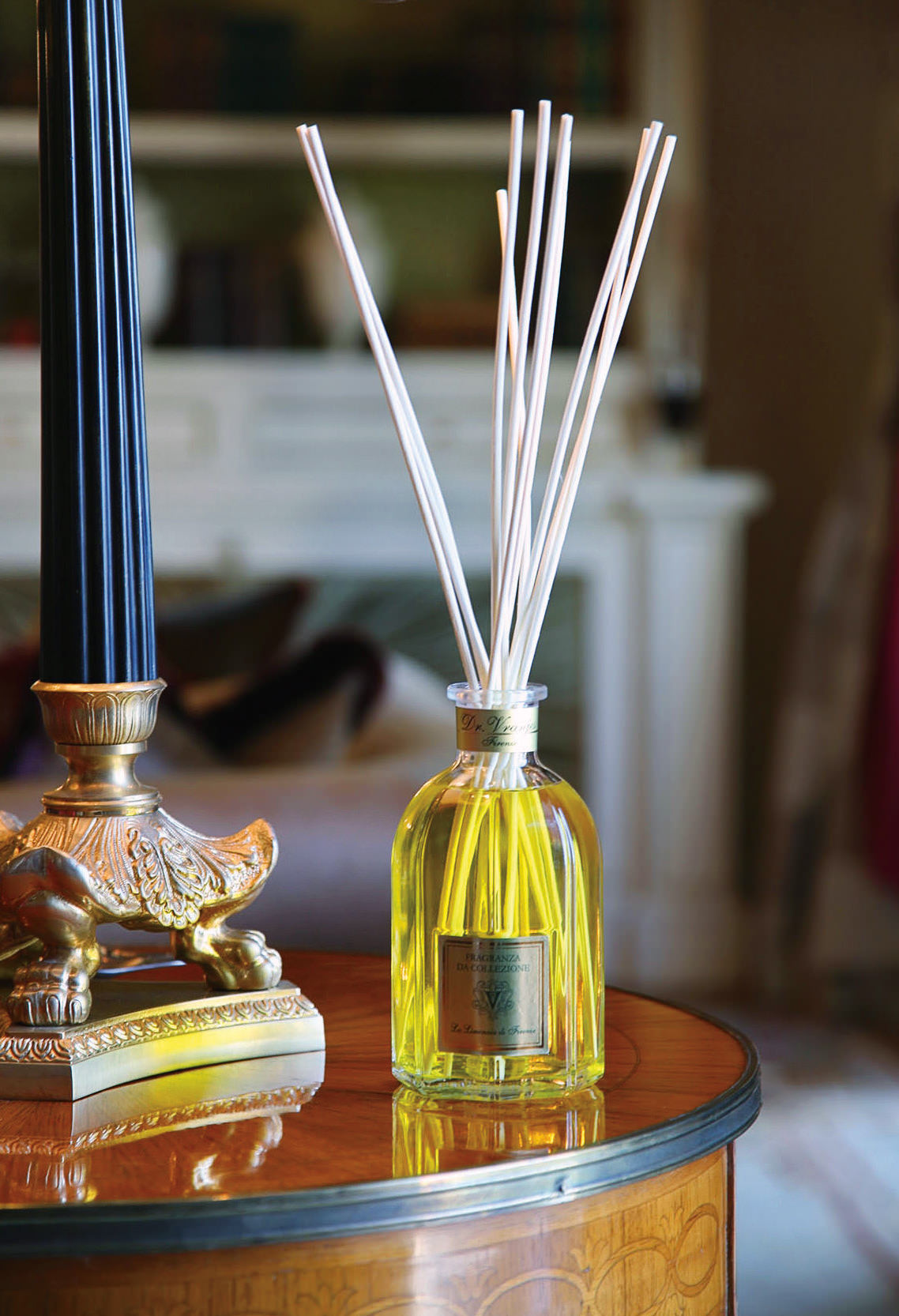-
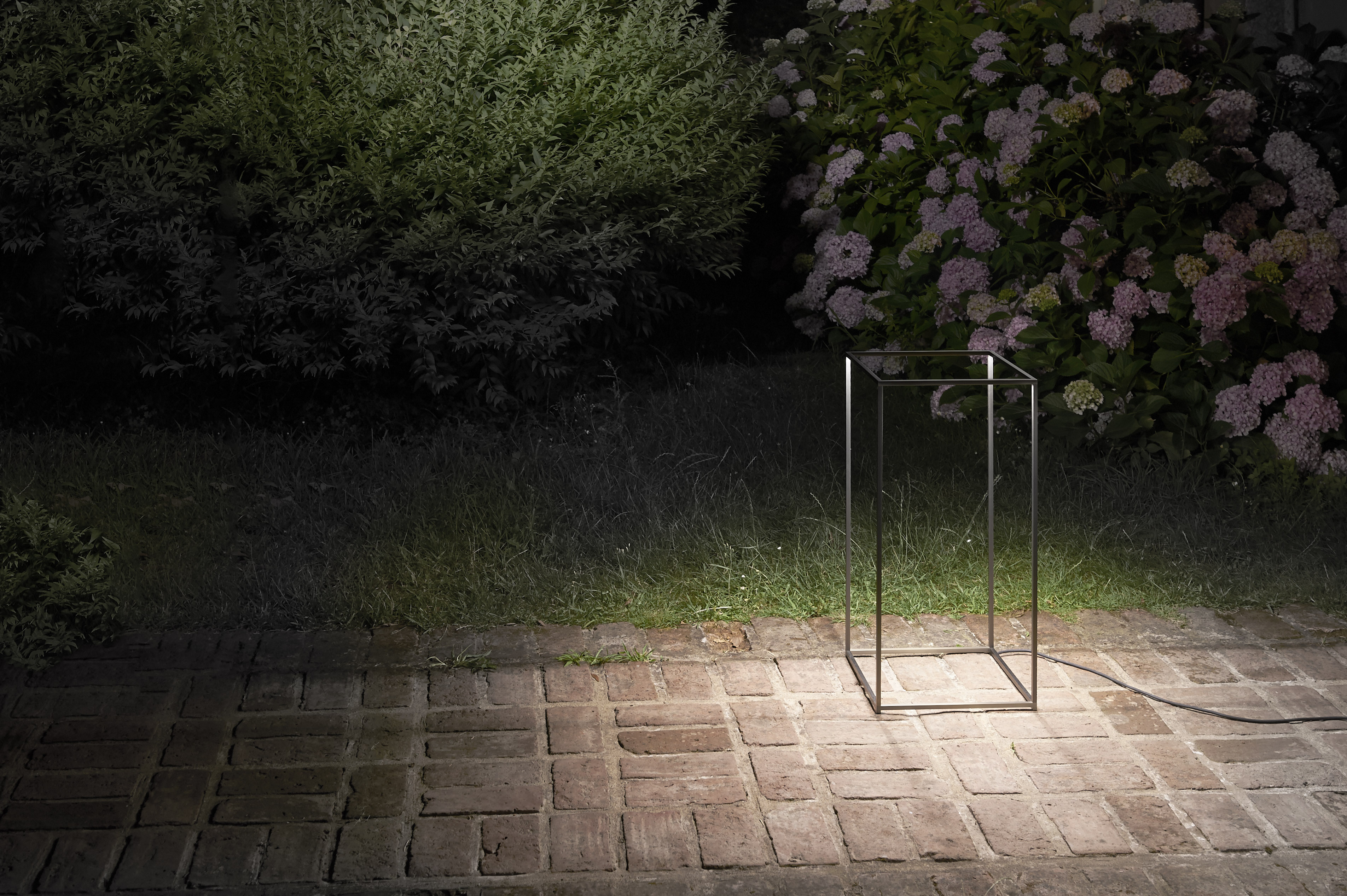
Ipnos Outdoor Floor Lamp by Nicoletta Rossi and Guido Bianchi for Flos.
-
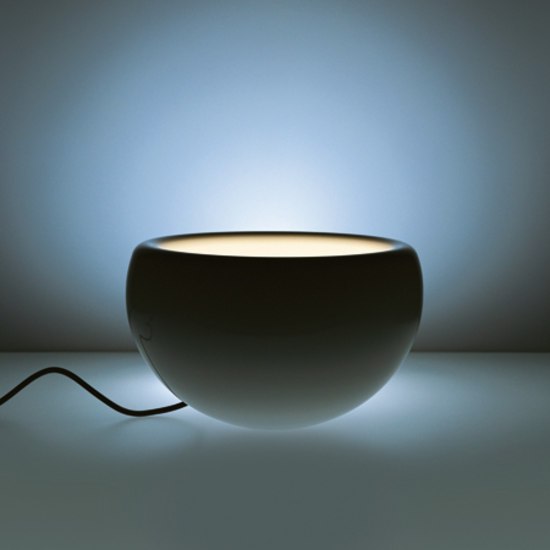
Wan by Naoto Fukasawa for Yamagiwa.
-
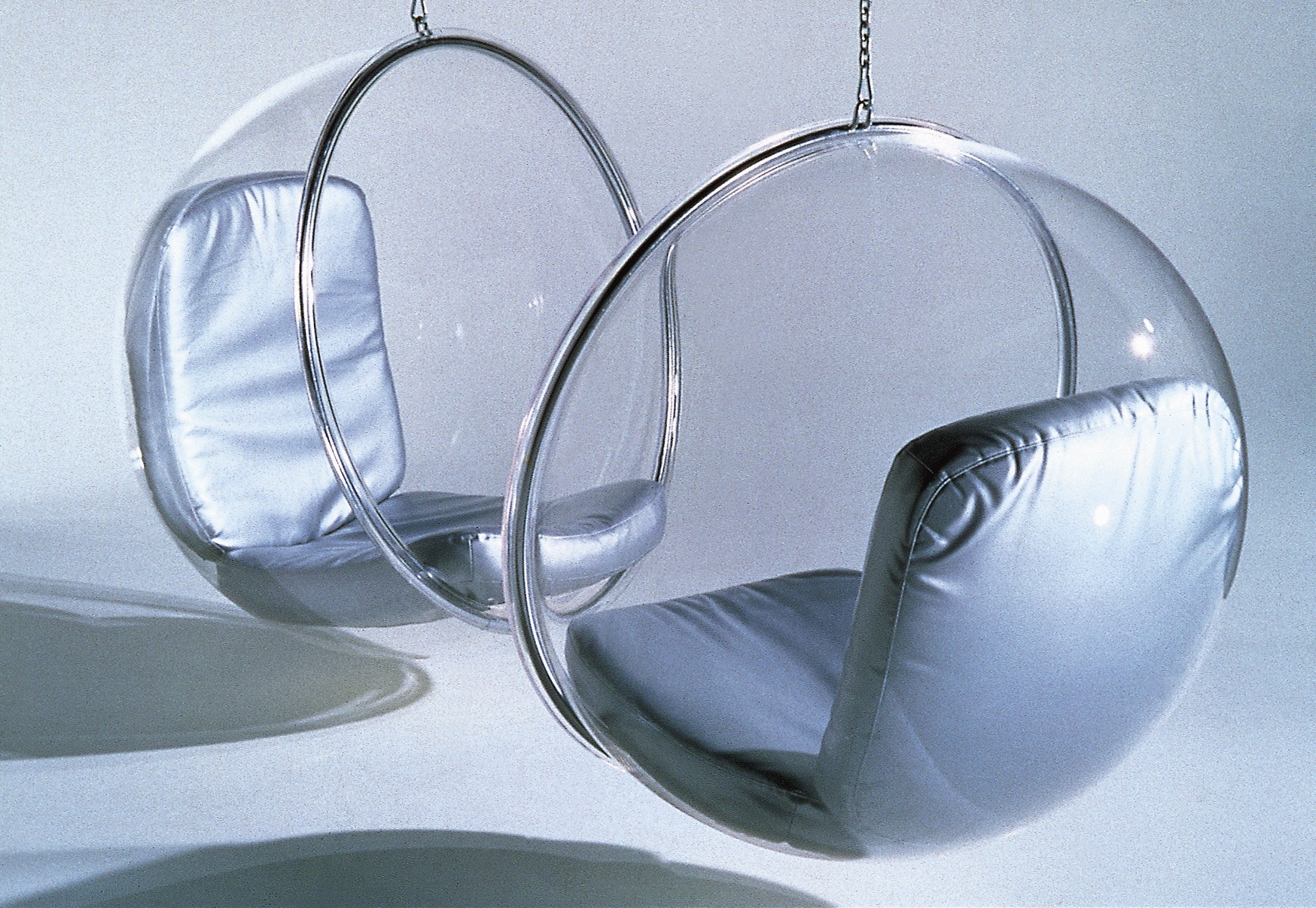
Bubble Chair by Eero Aarnio for Adelta.
-
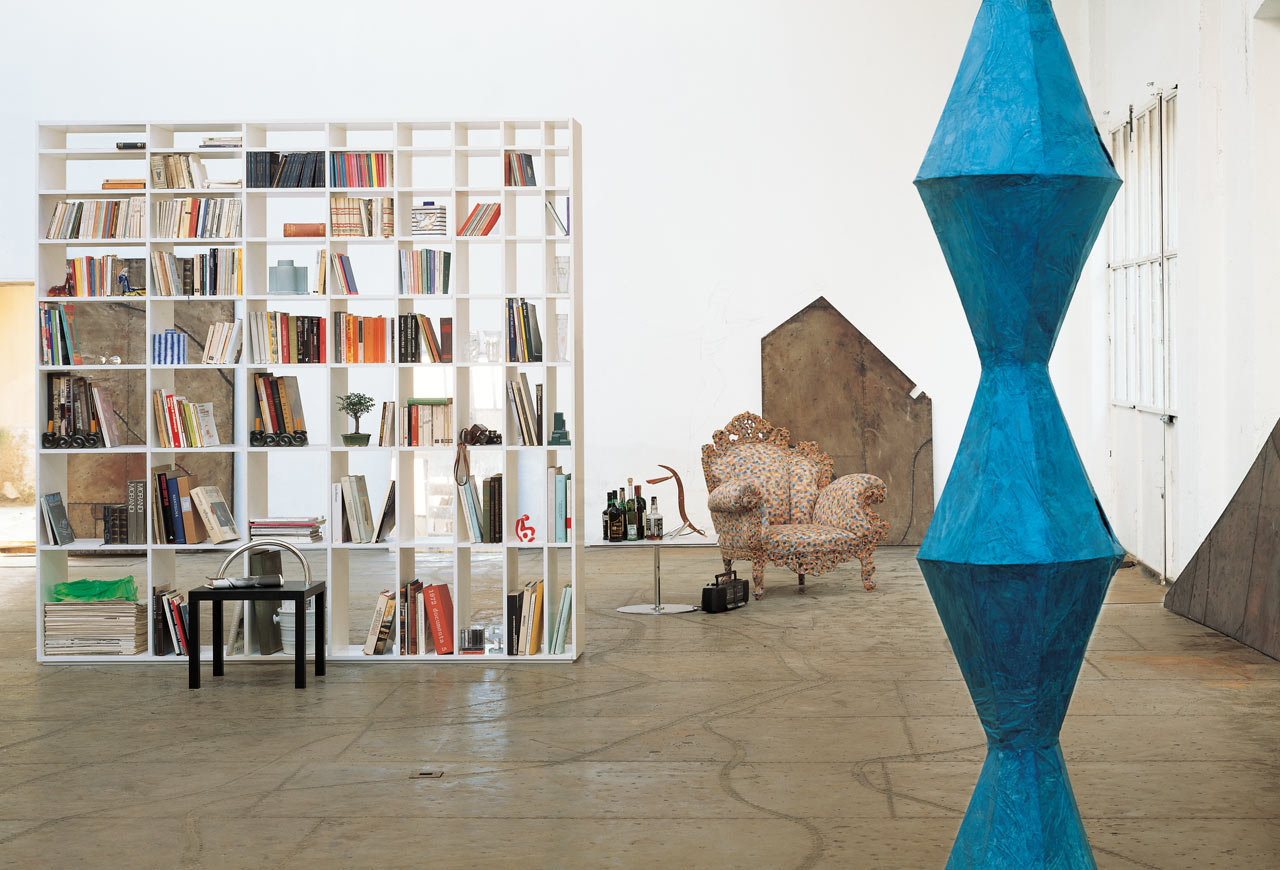
Bookshelf by Shiro Kuramata for Cappellini.
Elements of Design: Void
The in-between.
Ancient philosophies and principles are the root of many contemporary practices. From Japanese design comes Wabi-Sabi—the concept of unpretentiousness, the integration of nature, and the acceptance of elegant imperfections—and the five elements: earth, air, fire, water, and void (or pure energy; spirit). As spring is design season, a time of renewal and a cue to refresh our own spaces, we feature collections of classic pieces for the home, inspired by the elements.
Void
In Japanese philosophy, void is pure energy; spirit. It represents creativity, inventiveness, and even life force (it is often associated with the sky or the heavens). In design, this translates to a focus on the spaces in between the physical, or the implied.
Designed by Nicoletta Rossi and Guido Bianchi for Flos, the Ipnos Outdoor Floor Lamp illuminates and frames its surroundings from a seemingly invisible light source. Intended to be used outdoors, the lamp is a reminder to pause and observe the world around us instead of the object itself.
The Wan light (wan meaning bowl in Japanese), designed by Naoto Fukasawa for Yamagiwa, can be easily maneuvered to spotlight different surfaces and spaces. Although its gently-curved base purports to cradle some kind of precious cargo, what this vessel houses is pure illumination. From its dipped centre crests a soft gradation of light, mimicking that of a snow lantern.
Eero Aarnio followed the curve with his famous Bubble Chair for Adelta. A staple in 1960s culture and design, the Bubble is a reduction of his popular Ball Chair. Aarnio crafted the suspended seat out of transparent acrylic so that light could come through from any direction, adding a limitless quality to its surroundings.
The ascending directionality of Cappellini’s Bookshelf captures the dynamism of designer Shiro Kuramata’s work. Composed of white macroter laquer-finished panels, Bookshelf utilizes a double-front design and scale to create implied order and architectural focus.
See more from the Elements of Design series.




